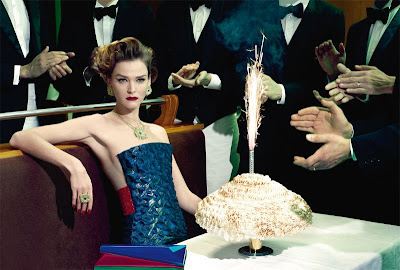by Bianca Murillo The author Arthur C. Mead taught Economics at Boston College, Simmons College in Boston and worked at the National Bureau of Economic Research before coming to University of Rhode Island where he teaches now. Mead's research interests are in the areas of regional economic performance, demographics, and the economics of higher education. He teaches a course by the same name of this piece, “Made in China”, among other courses. His approach is both historical and theoretical, using historical economic and social facts as a basis for a theoretical analysis. Mead begins by discussing the nature of the apparel industry. Mead asserts, “Apparel is a comparatively small industry with 3.9 percent of world trade in manufactures…but it has an importance for exceeding its size…Apparel is important because it’s mobile, and such it functions…as a leading indicator” (419). Mead argues that the apparel industry is on the move and to understand the changes one must look at the forc


